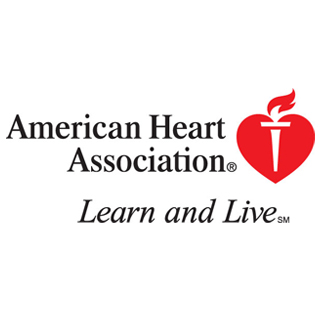
The Women’s Health Study encompassed 27,852 women having migraine with aura. All the participants had experienced an ischemic stroke and were twice as likely to have no considerable disability from stroke. Primarily all women were Caucasian with an average age of 55 years. The mechanisms behind this probably include smaller vessels that are not the traditional mechanisms for stroke, hence results in a smaller size stroke. As compared to those without migraine history, women reporting migraine and aura were more capable of having no symptoms and no significant disability. Experts segregated study subjects into four groups.
Tobias Kurth, M.D., Sc.D., the study’s principal author and associate epidemiologist at Brigham and Women’s Hospital in Boston, Mass., explained, “The message from this study should be reassuring for migraineurs. It is important for women who have migraine with aura to know that their risk of stroke is considerably low and there is high likelihood of a migraine-associated stroke being mild.”
While 22,723 had migraine history, 5,129 reported a migraine history and 3,612 active migraine, 1,435 suffered from active migraine with aura. After stroke functional ability at hospital discharge was measured with the help of modified Rankin Scale, a seven-point scale that seems to calculate degree of impairment. At the onset of the study, volunteers were made to complete a questionnaire about their headaches. Annually women updated about new medical conditions like transient ischemic attack (TIA) or strokes that were confirmed after medical record review. In the13.5 years of follow-up, 398 TIAs and 345 ischemic strokes were registered.
The study was published in the Journal of the American Heart Association.
